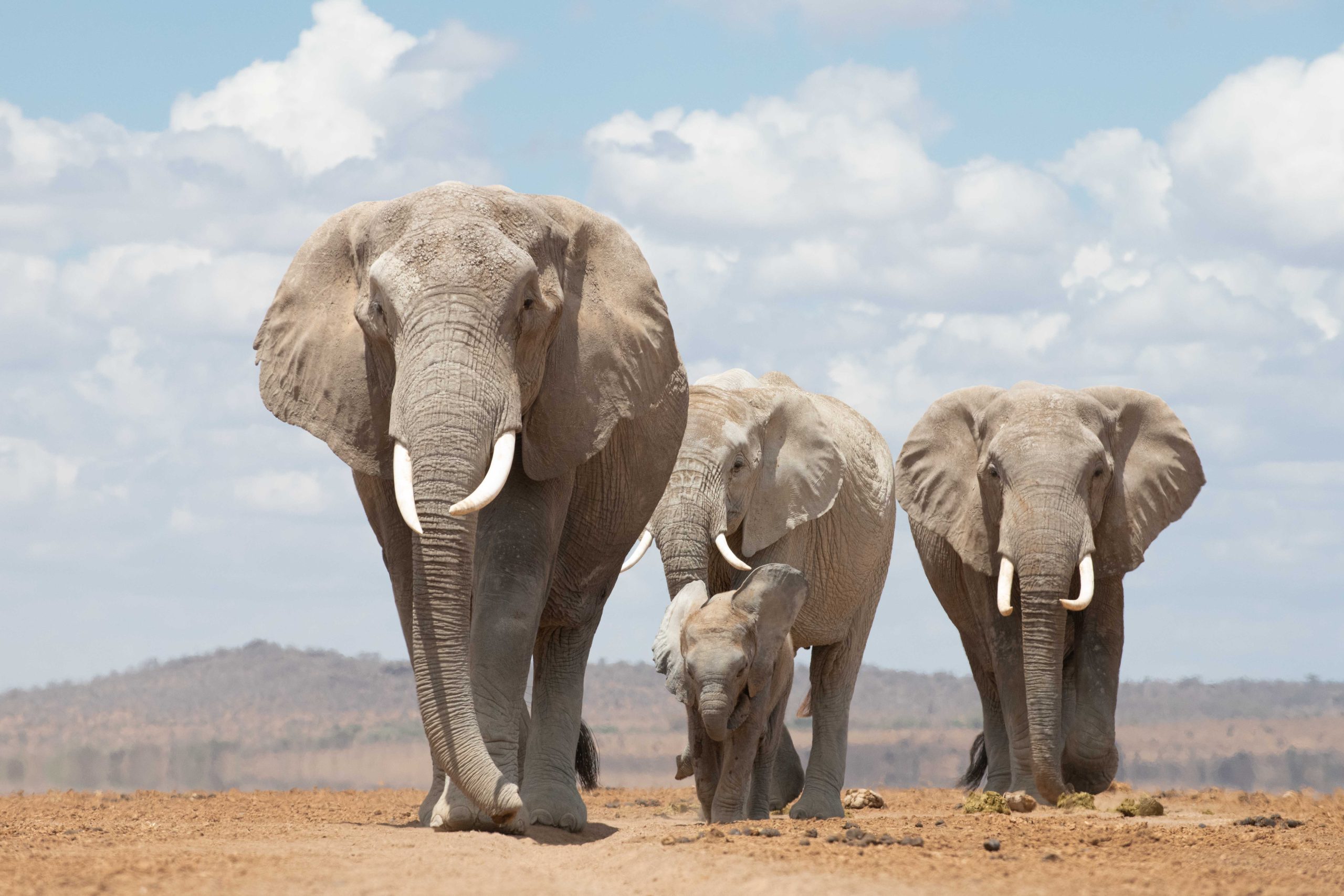Exploring the Dichotomy: African Bush Elephant vs. African Forest Elephant
The African Bush Elephant Vs African Forest Elephant. African elephants, the largest land mammals on Earth, are divided into two distinct species: the African Bush Elephant (Loxodonta africana) and the African Forest Elephant (Loxodonta cyclotis). While they share a common ancestry, these majestic creatures have adapted to different habitats, leading to notable differences in their physical characteristics, behavior, and ecological roles.
Physical Characteristics:
Size and Build:
- African Bush Elephant: Generally larger, with males weighing between 10,000 to 14,000 pounds and standing around 10 to 13 feet tall at the shoulder.
- African Forest Elephant: Smaller in comparison, with males weighing between 4,000 to 8,000 pounds and standing around 8 to 10 feet tall at the shoulder.
Tusks:
- African Bush Elephant: Typically has larger and straighter tusks.
- African Forest Elephant: Exhibits smaller, more curved tusks.
Ears:
- African Bush Elephant: Ears are larger and resemble the shape of the African continent.
- African Forest Elephant: Ears are more rounded and smaller.
Habitat and Range:
African Bush Elephant:
- Primarily found in savannas, grasslands, and open woodlands.
- Wide distribution across sub-Saharan Africa.
African Forest Elephant:
- Inhabits dense, tropical rainforests.
- Concentrated in the central and West African rainforests.
Behavior and Social Structure:
African Bush Elephant:
- Often found in large, complex social groups led by a matriarch.
- Extensive communication through vocalizations, body language, and infrasound.
African Forest Elephant:
- Tends to have smaller family groups.
- Exhibits more secretive and elusive behavior, possibly due to the dense forest habitat.
Diet and Feeding Habits: – The African Bush Elephant Vs African Forest Elephant
African Bush Elephant:
- Primarily herbivores, consuming a variety of grasses, fruits, and foliage.
- Adapted to a diverse diet based on the vegetation available in their open habitats.
African Forest Elephant:
- Also herbivores, but their diet consists of a higher proportion of fruits and leaves.
- Well-adapted to navigating through dense vegetation in search of food.
Conservation Status:
- Both species are facing significant threats due to habitat loss, poaching for ivory, and human-wildlife conflict.
- The African Forest Elephant is particularly vulnerable due to its restricted range and the challenges of protecting forested habitats.
Conservation Efforts:
- Numerous conservation initiatives focus on protecting elephant habitats, combating poaching, and mitigating human-wildlife conflict.
- Collaborative efforts involve local communities, governments, and international organizations to ensure the survival of both elephant species.
Remarks – The African Bush Elephant Vs African Forest Elephant
While African Bush Elephants and African Forest Elephants share a common ancestry, their distinct physical characteristics, behaviors, and ecological niches highlight the remarkable adaptability of these iconic creatures. Conservation efforts are crucial to safeguarding the future of both species and preserving the biodiversity of their respective habitats.








